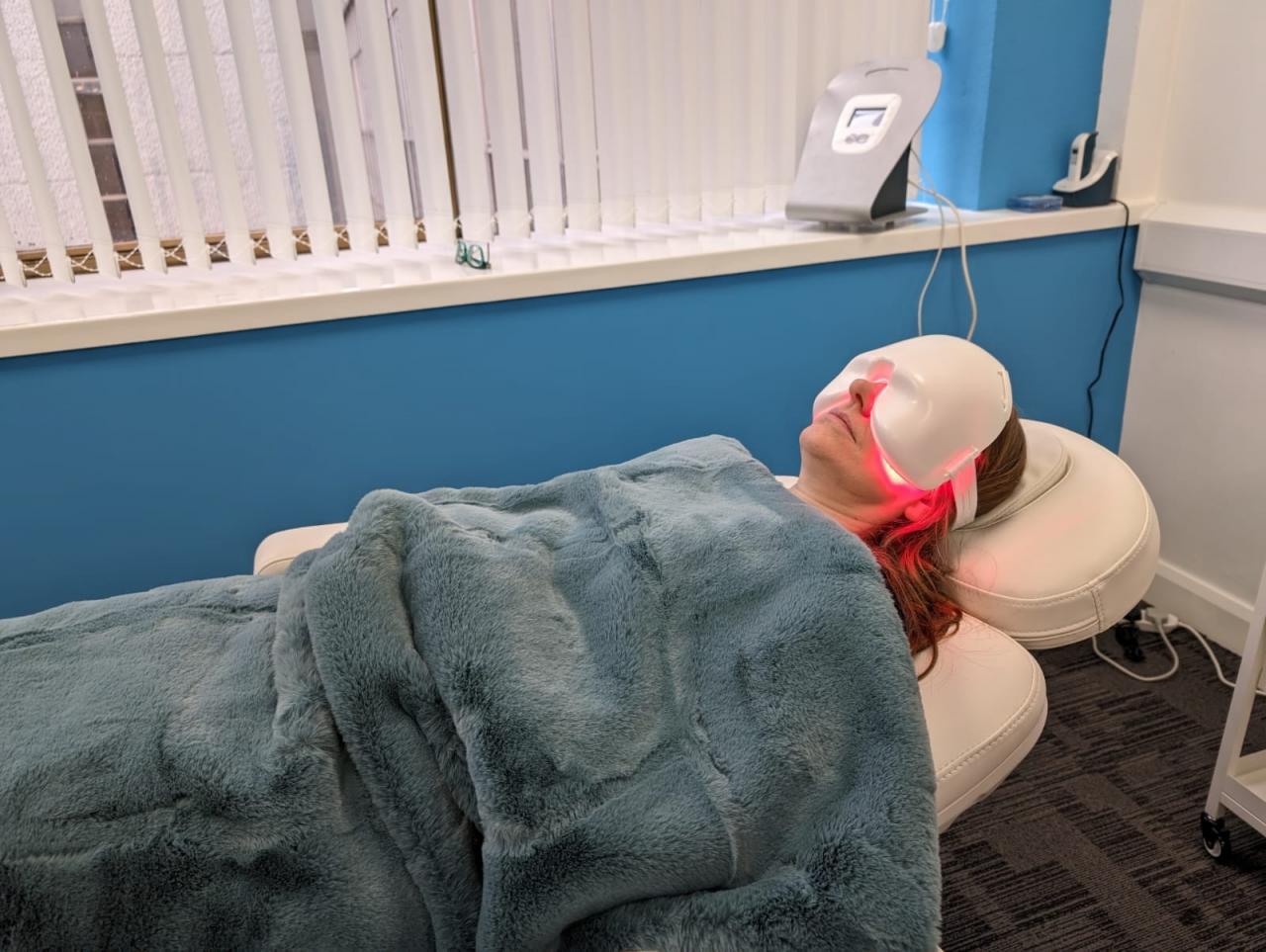The Best Treatments for Meibomian Gland Dysfunction : IrPL Vs LLLT
Published on Wednesday, 3rd April 2024

If you have been diagnosed with Meibomian Gland Dysfunction (MGD) your eyes will feel irritated and sore; they may itch and burn, they might be red and swollen; your vision may be variable and your eyes might even constantly water. Whatever your particular symptoms, you will have been recommended a time consuming routine to follow at home and probably told that your options going forwards are limited.
You may have been told that your recommended routine is your only option, and that you will be applying heat packs, using lid scrubs or wipes and applying eye drops (lots of eye drops that do not seem to work in the longer term) for the rest of your life. You see, MGD and the related condition blepharitis, are chronic conditions, meaning they persist for a long time, or constantly recur. So, if you do not keep on top of a regular routine your eyes are going to feel increasingly unhappy.
There are, however, treatments available that are more intensive than those available in most optical practices, that are designed to bring more relief and actually rejuvenate those glands that are no longer functioning optimally.
The best known is Intense Pulsed Light (IPL) or Intense regulated Pulsed Light (IrPL). Here a hand held instrument delivers a series of intense, visible flashes of light just below the lower eyelid, in a spectral range that targets the nerves that supply the meibomian glands. Studies conducted show a cumulative effect, both in the quality of oils produced and the efficiency of the glands, leading to improved scores on symptom led questionnaires. IPL cannot be used on Fitzpatrick skin type VI because of the risks of discolouration.
An even newer technology is Photobiostimulation or Low Level Light Therapy (LLLT). This also works at a biological level, rejuvenating the glands, but in this case the cells within the glands are targeted, generating endogenous heat and improving the cells' metabolism. A mask is worn containing powerful LEDs (see photograph above) that emit a specific wavelength of light. There are no restrictions on skin type for LLLT.
Ideally a combined course of IrPL and LLLT will give you the best chance of success, as each treatment targets the meibomian glands in a different way, though each can be used independently. Continuing your "at home" routine will prolong the effects of the treatments and I have found that some clients have managed to vastly reduce the numbers of eye drops they are using on a daily basis following treatment. Being diagnosed with MGD is no longer the end of the story; there are options to improve your symptoms that are effective for more than 85% of participants, so do not suffer in silence! Please do not hesitate to contact us if you would like a chat: you can drop us a text or WhatsApp to 07561 596128 or an email to info@sootheocularspa.co.uk Alternatively, visit our bookings page to get your Dry Eye Recovery journey started.
| IrPL | LLLT | |
| Method | Targets the nerves that innervate the glands | Stimulates ATP production within cells to improve cellular metabolism |
| Reduces inflammation | Yes | Yes |
| Improves quality of meibum | Yes | Yes |
| Reduces demodex | Yes | Yes |
| Cumulative effect | Yes | Yes |
| Improves symptom scores | Yes | Yes |
| Fitzpatrick skin type VI | No | Yes |
| No. treatments required | 4, ongoing 6 monthly top-ups | 4, ongoing 6 monthly top-ups |
You may also like
--600.jpg)
The Best Daily Cleansing Routine For Dry Eyes
The best routine for keeping your eyes clean and comfortable on a daily basis
--600.jpg)
Understanding and Managing Menopausal Dry Eye
Are you experiencing changes in your eye comfort? Causes of Dry Eye Disease in menopause, what you can do to relieve your symptoms and when to seek specialist help

Top Tips for Staying Comfortable on a Plane
Why do our eyes feel so uncomfortable on a 'plane? Top 5 tips for ensuring you stay comfortable on a flight.


